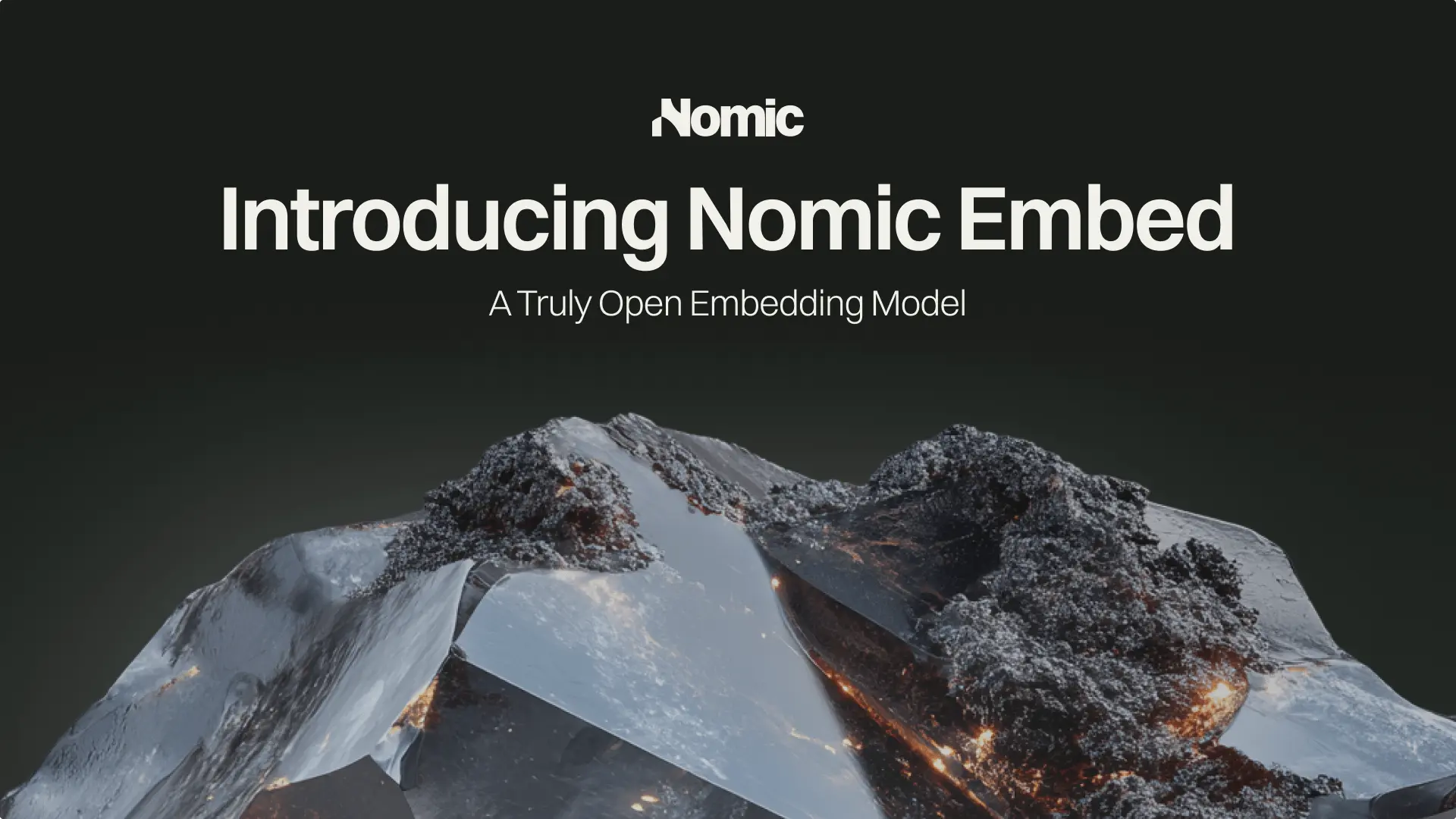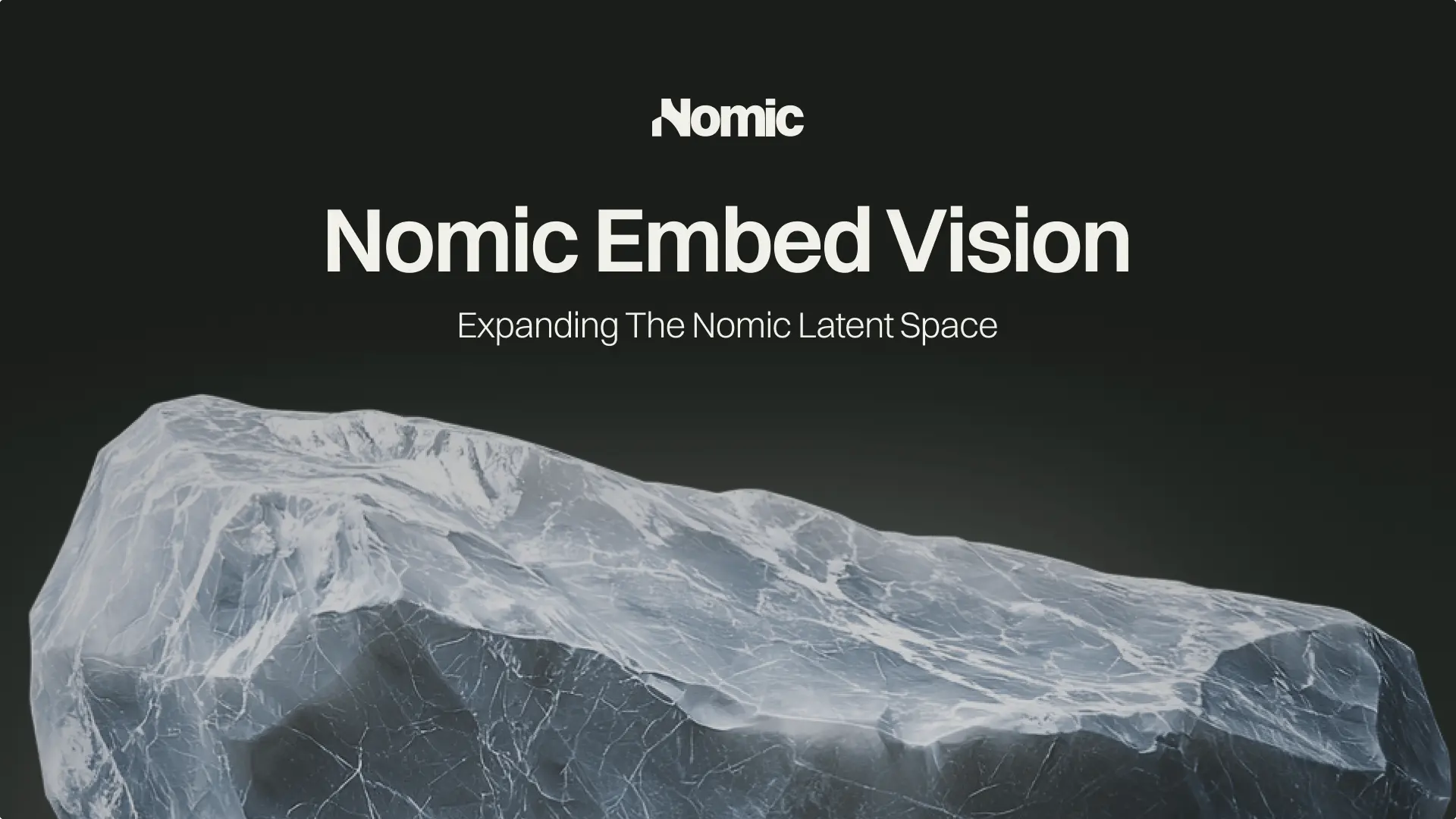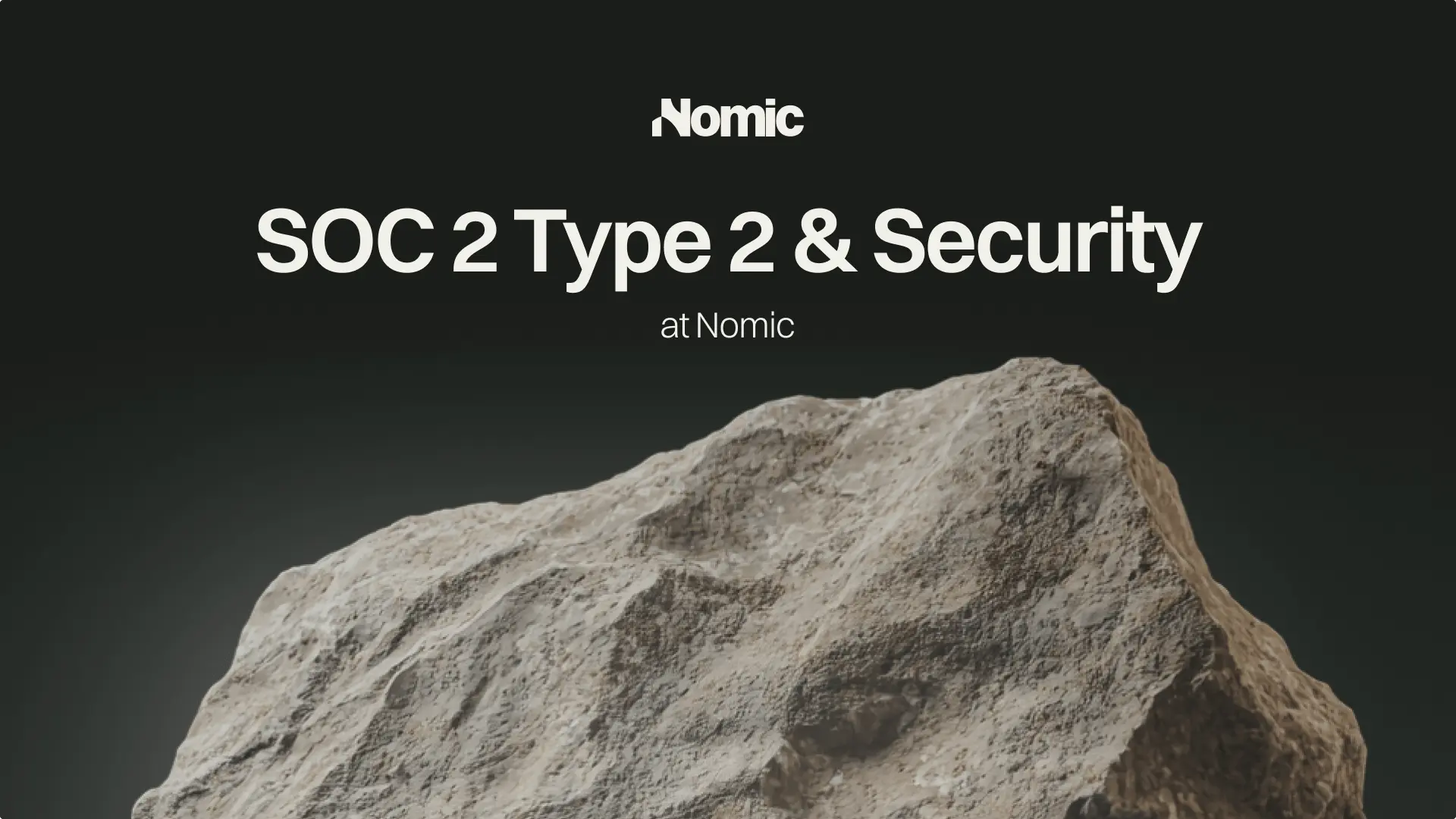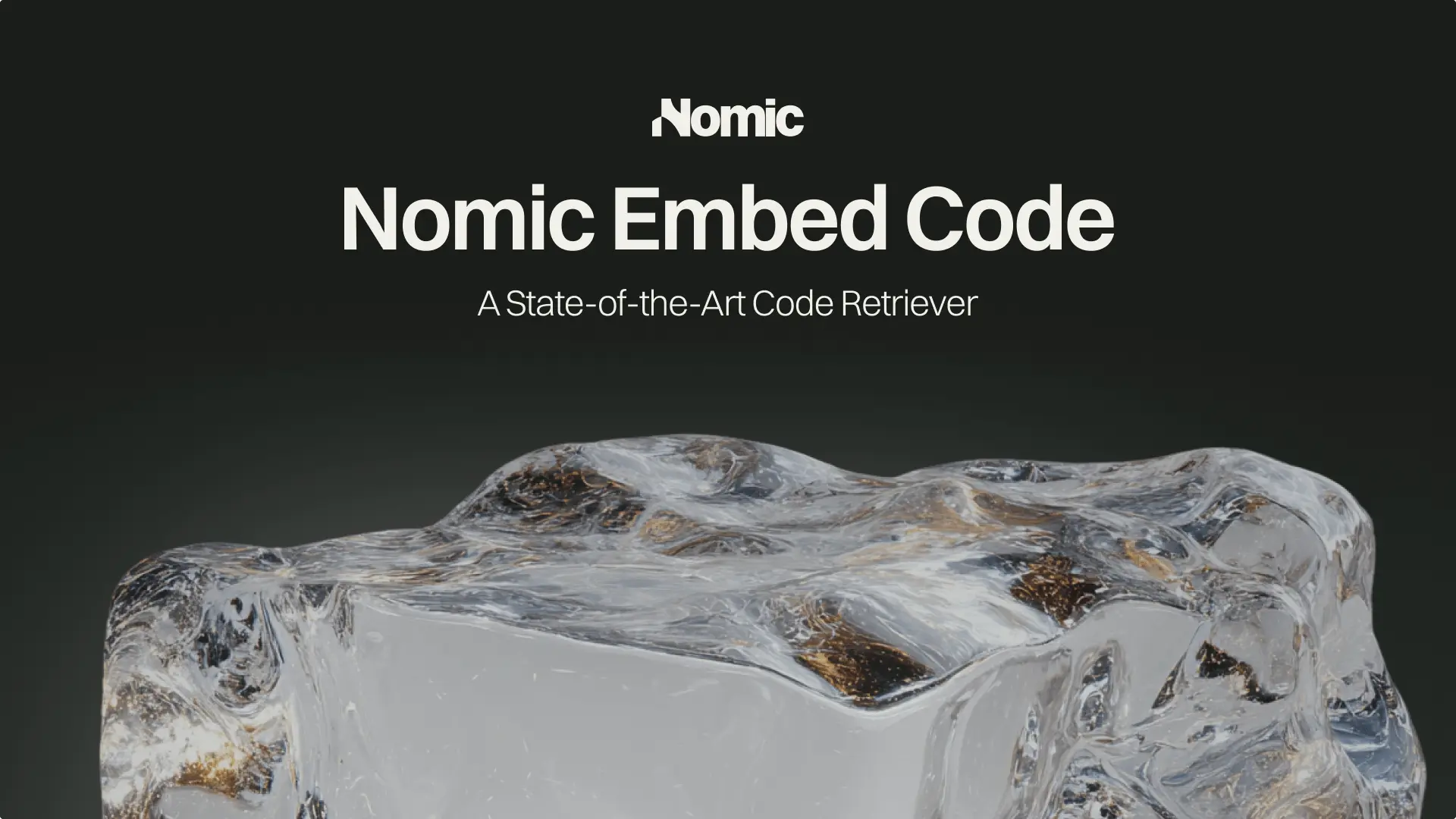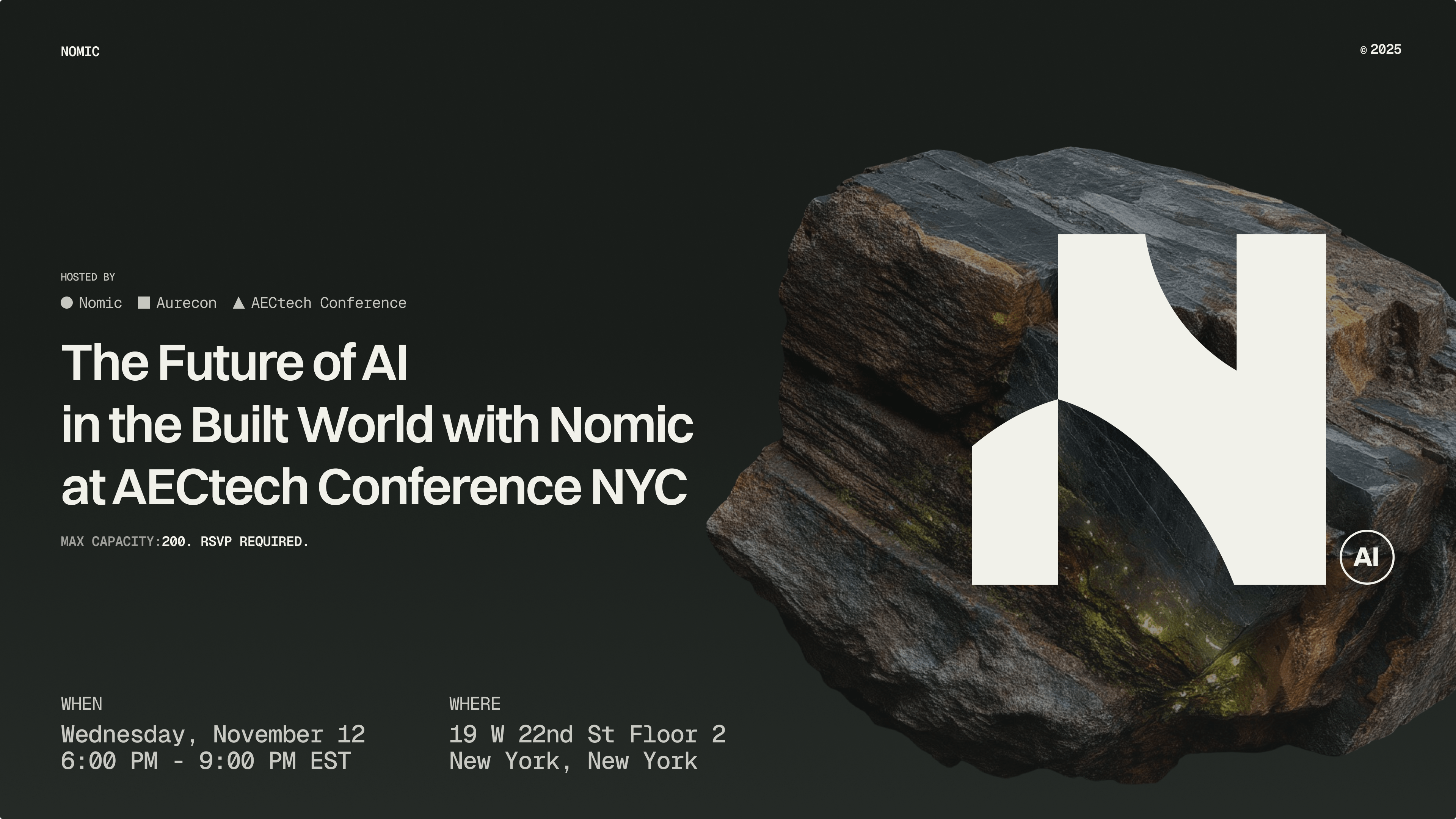AI systems excel in domains that have abundant coverage in internet data.
This is the signal source that foundation labs have scraped, curated, pre-trained, and post-trained agentic systems against.
Digital native and web-hosted text, media, and code, alongside naturally occurring verification signals, drive the rapid capability improvements of AI agents when given in-distribution contexts and environments.
Throughout 2025, these agentic systems fundamentally reshaped several economic sectors.
Tens of millions of software engineers are now working radically differently than a year ago driven by coding agents. Research agents, linked to live web indices, now put a Ph.D. level review of any topic in the hands of anyone. Image editing and video creation models unlocked a new class of designers and content producers. What were once called stochastic parrots are drivers of real, economically useful work.
Large sectors of the economy are not digital-native. Their data, processes, and workflows are governed by signals that are out of distribution of foundation models. Trillion-dollar sectors of the economy remain un-disrupted by AI.
Today I'm announcing that Nomic is sharpening its focus to meet this need. Over the last six months, we've aligned our AI model-building efforts and product roadmaps to address this challenge head-on. We believe the next frontier is enabling AI systems to operate in domains that are outside the distribution of foundation labs and, with high probability, will remain out of reach. These challenges require custom models, custom infrastructure and recipes for agents to make impact.
AI for the Built World
Nomic is now focused on engineering AI systems that will accelerate the adoption of AI in Built World industries. We believe that we've arrived at the right ML and software stack to enable the next wave of agents that perform knowledge work faster, more accurately, with fewer errors, and ultimately towards safe, trusted automation across Energy, Engineering, Architecture and Construction.
Everyday we are equipping innovative built world organizations with the Nomic Platform and the ability to operate production-grade knowledge agents over their vast file-stores and knowledge bases.
Why do AI agents struggle over Built World data and tasks?
The average data sample in a built world project looks like this. It's a drawing set surrounded by a constellation of files, documents and hundreds of professionals responsible for it's creation, maintenance and execution.
Marketing teams at design firms win RFPs that turn into drawing sets. Designers work in Revit into the early morning hours to export sheets for internal compliance checks and permit reviews. Engineers spend hundreds of hours checking shop drawings for accuracy. General contractors run detail take offs, estimate building costs and send thousands of questions back to designers and engineers through RFI's.

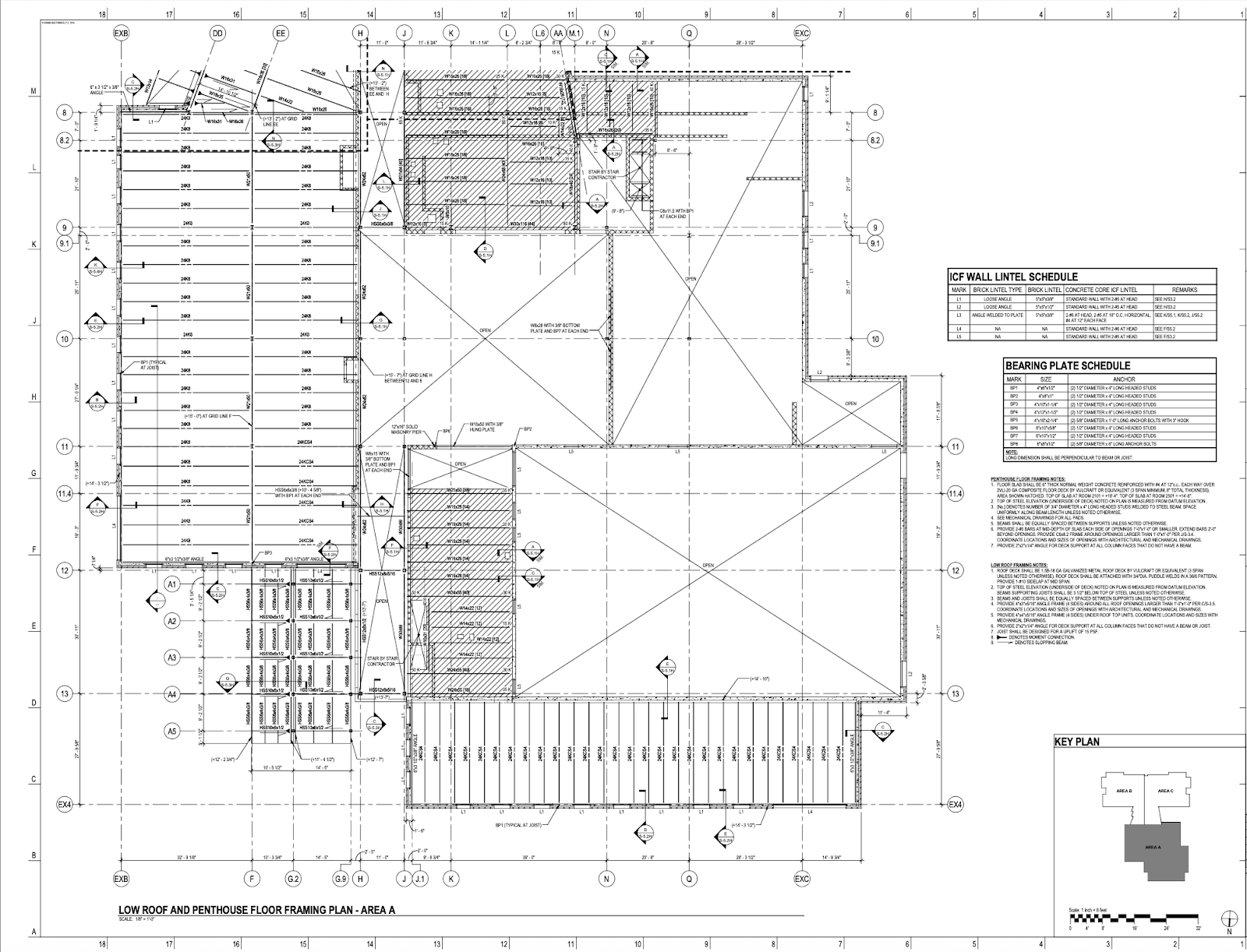
Drawing sets are complex multimodal documents that make up the recipe for constructing and maintaining physical assets. They are 2D views exported from 3D modeling and design software. Professionals in the built world operate over these highly multimodal files: designing them, checking their quality, approving them after rounds of QA, building from them and referencing them after the asset is built.
For agentic systems to replicate this work, they require deep intra-document coreference resolution, reasoning and search. Standard approaches for Parsing, OCR and vision language models fail without domain-specific training and customization. Language models don't get the right context. Vision tokens lose too much information on 10,000 DPI images. Errors accumulate. AI fails in the Built World.
Our domain-specific embedding, parsing and vision language models at Nomic are engineered to change that reality.
With Nomic, agents can solve long horizon tasks over these types of data signals. Our AI systems are actively saving designers and engineers tens of thousands of collective hours in quality control, knowledge look-up, re-work.
Over the next several years, we will achieve the following:
We will become the de-facto AI platform for the built world, unleashing AI that takes action and solve critical tasks for designers, engineers and professionals grounded in the knowledge buried across millions of drawing sets, project files and data silos.
We will continue researching and releasing domain-specific AI models that enable agents to operate and solve tasks over built world data domains - 800 page structural engineering specs, 200 page architectural drawings - unlocking the data swamp slowing down design and construction across the world.
Our Developer Platform for embeddings, retrieval and document understanding, backed by our domain specific models, will enable innovation teams at the world's top firms to accelerate their custom implementations by helping achieve accuracy levels that enable production use.
Our agentic research previews will unlock, for the masses, the first production-grade battle tested layers for operating retrieval agents over built world specific data sources.
We will help design, construct and maintain structures faster, with less rework and less delays. Physical assets will rise faster and be higher quality. NYC might even need less scaffolding.
Join us in our mission to accelerate the design and construction of the built world by transforming the working day of millions of designers and engineers. Contact us for a demo of the new Nomic Platform.
Andriy Mulyar
CEO, Nomic
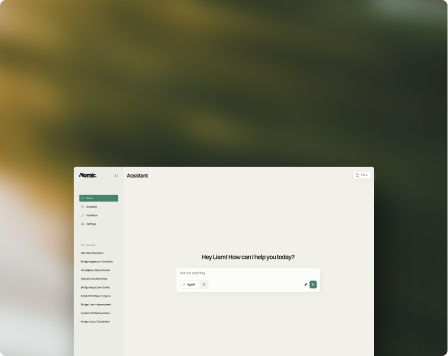
.png)




